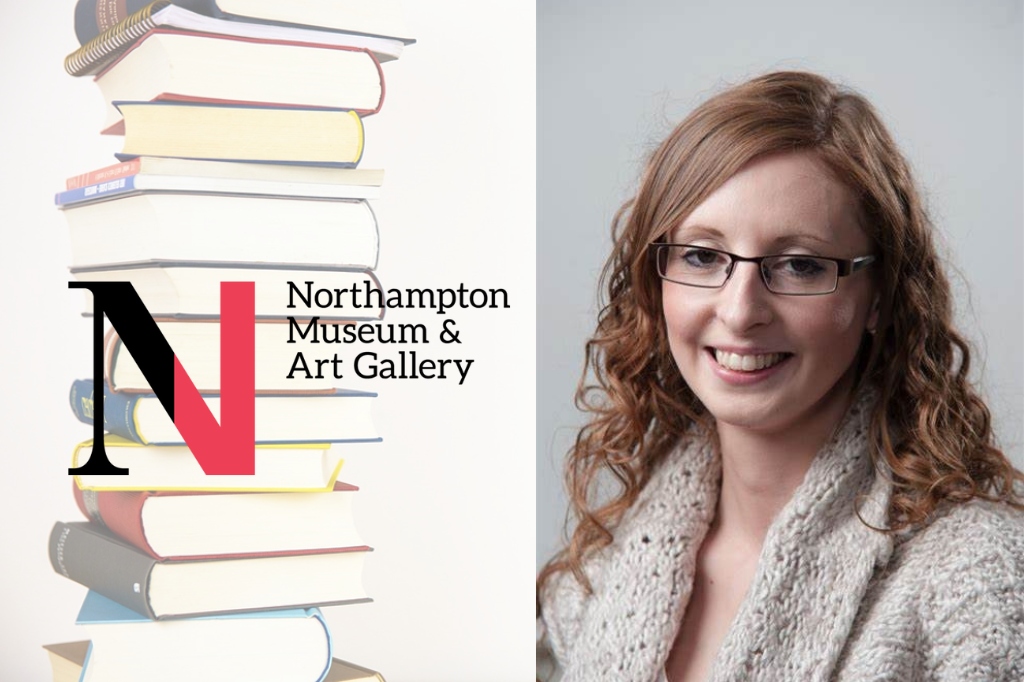University of Northampton academic pairs punk with performance poetry
Date 24.10.2023
24.10.2023
In a unique opportunity to highlight an exciting local exhibition by Northampton Museum and Art Gallery, University of Northampton’s Senior Lecturer in English, Claire Allen has decided to turn the spotlight on the original rebels of rage and revolution – punk.
Reflecting on Northampton’s rich heritage of punk history, Claire explores her own fascination with punk and its representation in performance poetry in the following blog:
When I first heard about the Northampton Museum and Art Gallery’s temporary exhibition – ‘PUNK: Rage & Revolution’ – I was really excited by the opportunity to learn more about the rich heritage and links the town of Northampton has to a cultural movement which is dear to my heart.
Though I do not profess to be an expert, I have had a fascination with all things punk for a very long time.
One of my earliest memories is standing at my living room window, waiting to see the punks walk past my house on their way to their squat. It was from then which I was drawn to the idea of rebellion and challenging the rules.
This fascination has continued throughout my adult life and, while I never did manage to achieve the purple mohawk hair I always dreamed of, in my work on literature of the margins, I have always been drawn to figures who question the rules and push the boundaries.
As a literary scholar I want to explore the poetry side of punk, so I jumped on the opportunity to tie Northampton Museum’s exhibition on local punk history with the concept of ‘refuge’, which is the theme of last month’s National Poetry Day.
This concept aligns perfectly to the punk philosophy – ‘refuge’ inevitably leads to the ideas of having to challenge rules and concepts, such as belonging and nationhood, as well as questioning the status quo and seeking change.
Punk isn’t easy to define, however Patti Smith and John Cooper-Clarke – also known as the ‘Godmother and Godfather of Punk’ – are often aligned with punk philosophy, despite coming from different continents and artistic worlds.
Both Patti and John address difficult topics, such as social deprivation, substance abuse and political failings, but they also offer hope. They typically mention aggression and discussion of ‘base topics’. Though the subject matter may be negative, delivered in an aggressive, even offence style, the message they offer can be positive.
Of course, it is important to remember our past and celebrate our heritage in terms of punk (as the exhibition seeks to do) but, as someone who researches and teaches contemporary literature, I also like to think about how these influences continue to play a part in literature of today.
I have particularly enjoyed exploring how we can read the work of two performance poets from the twenty-first century, Kae Tempest and Luke Wright, as being influenced by the legacy of punk.
Kae Tempest calls for society to ‘wake up’ from the passivity created by the media and Luke Wright calls out the lies of our politicians.
It is important we continue to examine the history of punk and understand its presence in our modern-day world – because it certainly is still here.
Claire will be discussing her views on the links between punk poetry and literature at Northampton Museum and Art Gallery on Thursday 30 November. Book your ticket here.